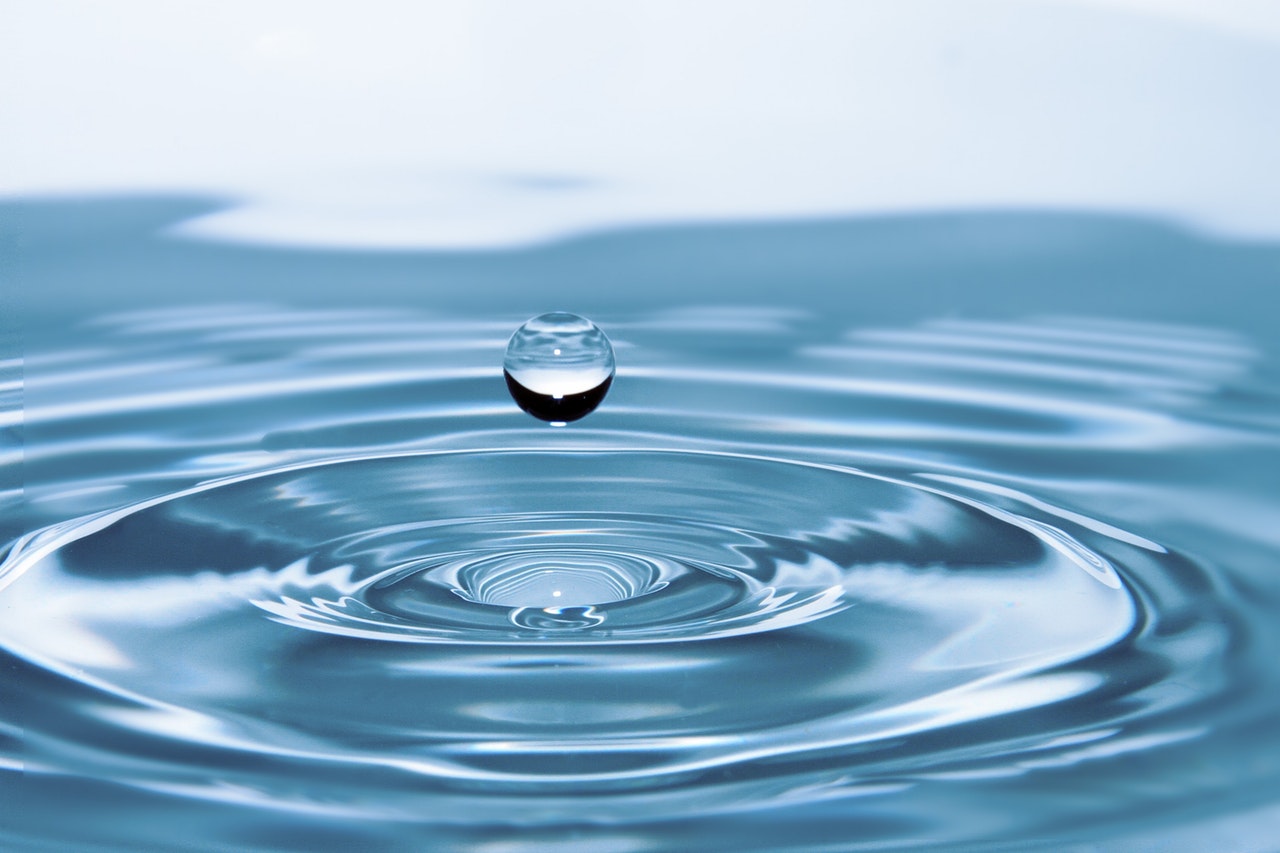

Dissolved oxygen is one of the most essential compounds for life under water. This term refers to the levels of non-compound oxygen that can be found in water. It is often a good indication of the quality of the body of water because it plays a significant role in the animals which live in that water.
This dissolved oxygen is crucial for fish, invertebrates, bacteria, and plants that live in the water. Different animals require varying levels of dissolved oxygen. This type of oxygen is introduced to the water through the air as well as plant matter. Plants and phytoplankton will need more of this compound when there is no sunlight for them to produce their own energy, while fish and crustaceans get their required oxygen from their gills. Several microbes also need dissolved oxygen to sustain life. Bacteria and several different fungi need dissolved oxygen to survive. They will then be able to use this kind of oxygen to decompose the organic materials that are present on the sea or river bed. That is why bodies of water with large amounts of decomposing organic material will have significantly lower levels of dissolved oxygen. The more material there is to work through, the quicker the microbes will use the oxygen that is present.
their required oxygen from their gills. Several microbes also need dissolved oxygen to sustain life. Bacteria and several different fungi need dissolved oxygen to survive. They will then be able to use this kind of oxygen to decompose the organic materials that are present on the sea or river bed. That is why bodies of water with large amounts of decomposing organic material will have significantly lower levels of dissolved oxygen. The more material there is to work through, the quicker the microbes will use the oxygen that is present.
One of the most important factors of aquatic life is the presence of dissolved oxygen. Not only does it help to sustain the plant and animal life in the water, but it helps to clean decomposing matter.
